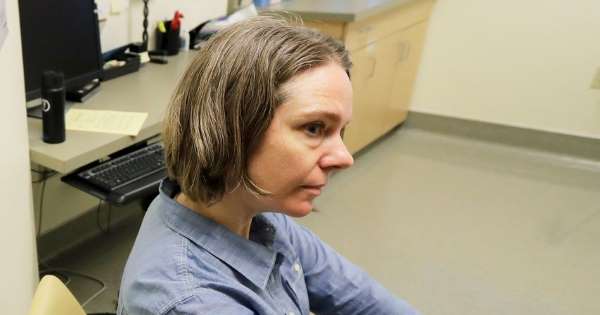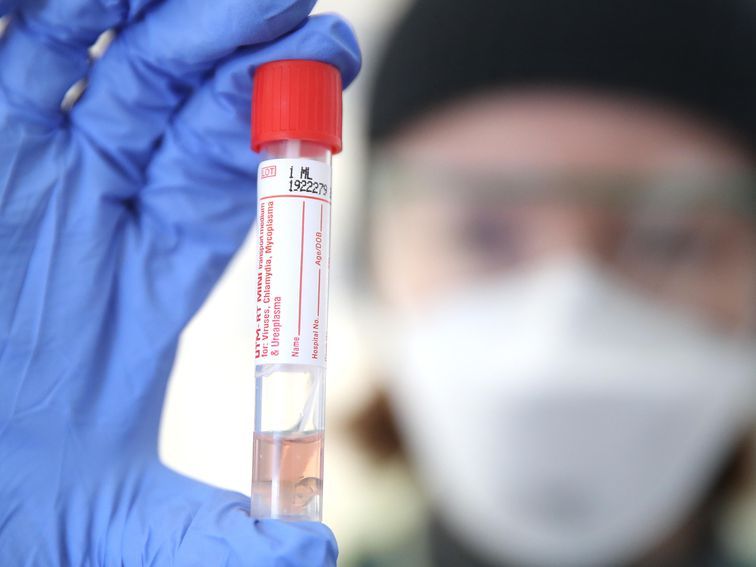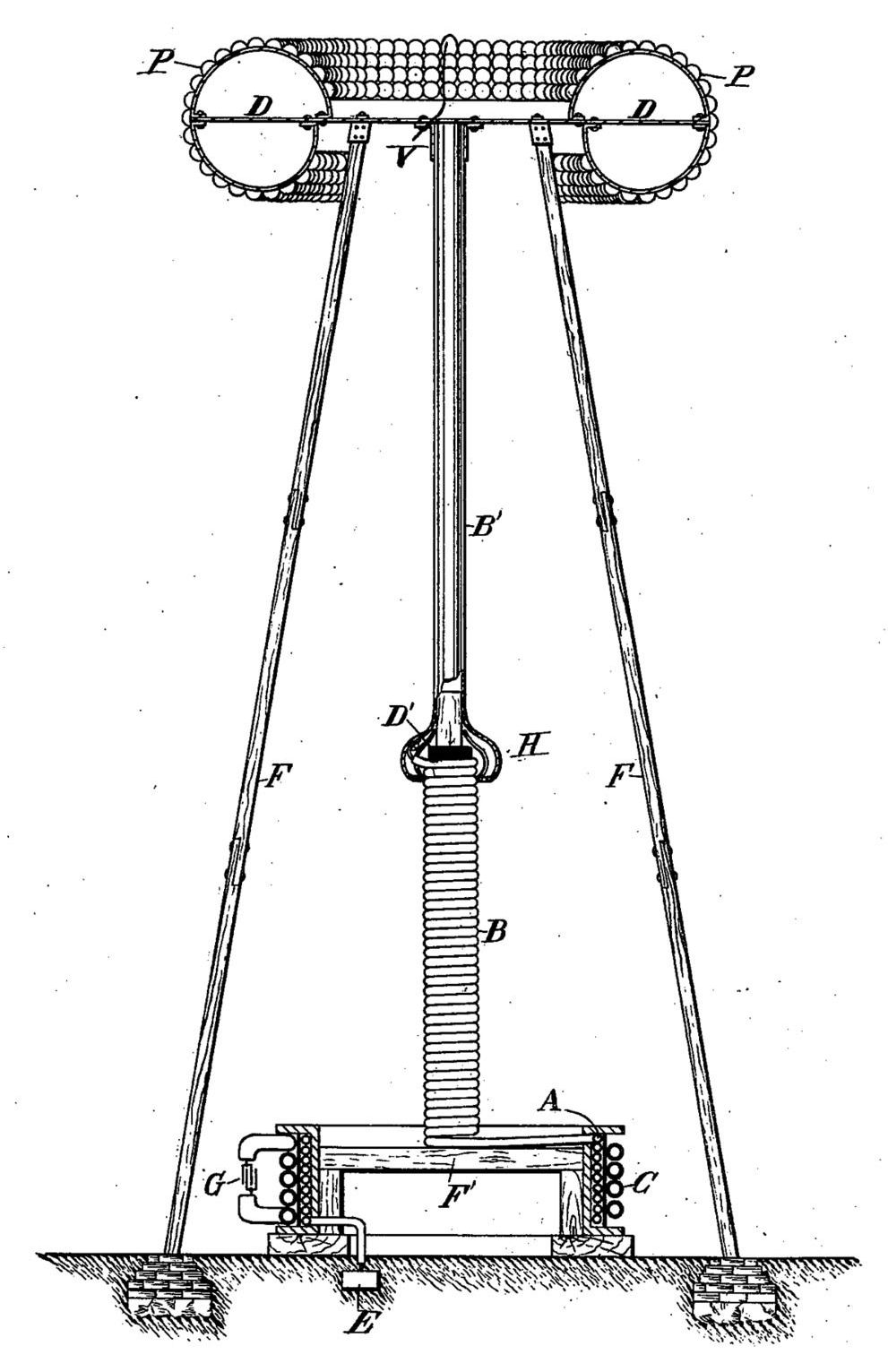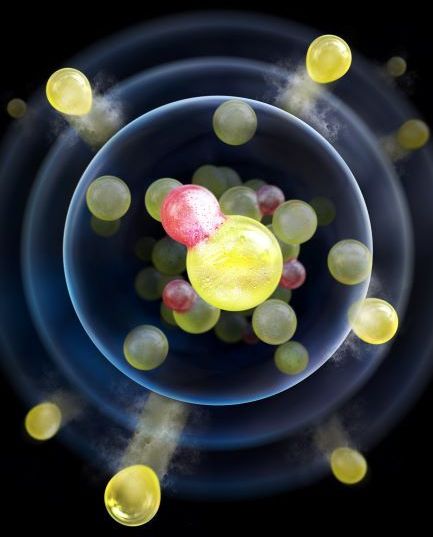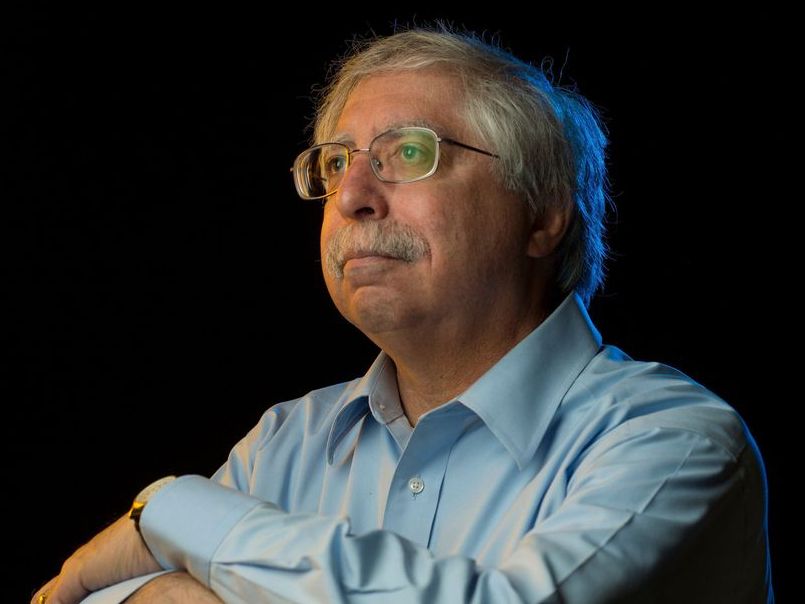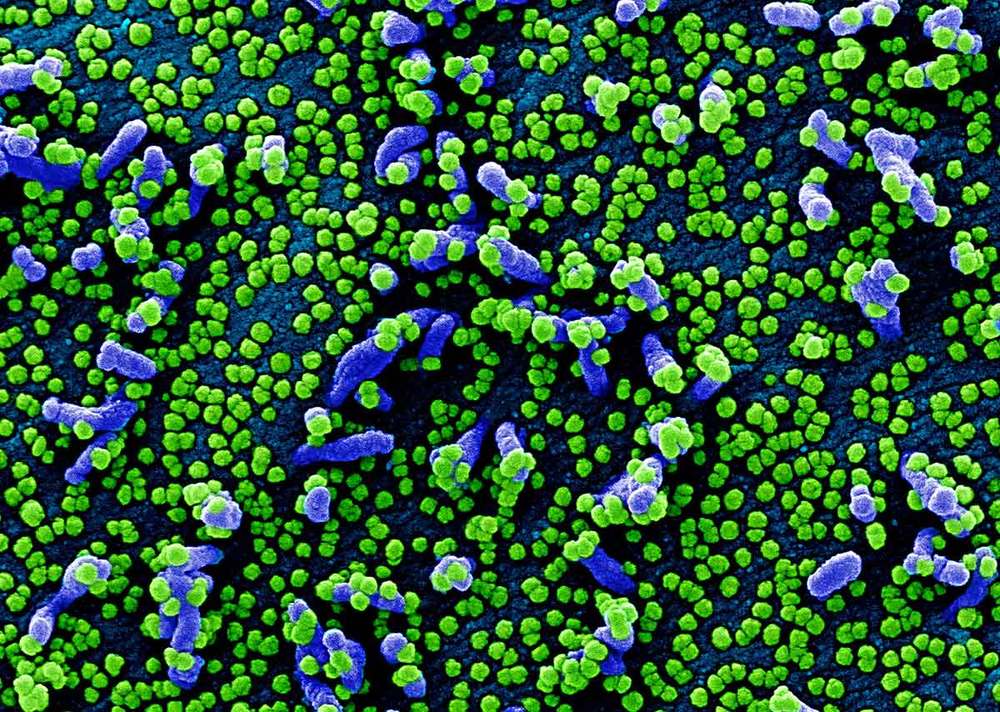Page 6780
Apr 17, 2020
Coronavirus test using CRISPR detects disease in under 40 minutes
Posted by Quinn Sena in category: biotech/medical
Apr 17, 2020
US patent 1119732 Nikola Tesla 1907 Apparatus for transmitting electrical energy.png
Posted by Quinn Sena in categories: electronics, energy
This file contains additional information such as Exif metadata which may have been added by the digital camera, scanner, or software program used to create or digitize it. If the file has been modified from its original state, some details such as the timestamp may not fully reflect those of the original file. The timestamp is only as accurate as the clock in the camera, and it may be completely wrong.
Apr 17, 2020
Physicists close in on a simpler route to quantum degenerate molecules
Posted by Quinn Sena in categories: computing, particle physics, quantum physics
Cooling atoms to ultracold temperatures is a routine task in atomic physics labs, but molecules are a trickier proposition. Researchers in the US have now used a widely-applicable combination of methods to make molecules colder than ever before – a feat that could pave the way for applications in areas as diverse as high-temperature superconductivity and quantum computing.
In everyday life, we do not see the bizarre effects of quantum mechanics because the quantum states of the particles around us are constantly collapsing, or decohering, as they interact. At temperatures near absolute zero, however, some identical particles will simultaneously occupy the lowest energy quantum state available. This phenomenon is known as quantum degeneracy, and it was experimentally demonstrated in 1995, when groups led by Eric Cornell and Carl Wieman (then at the University of Colorado, Boulder) and Wolfgang Ketterle of the Massachusetts Institute of Technology (MIT) created the first Bose-Einstein condensates (BECs) with rubidium and sodium atoms, respectively.
Other groups have subsequently made condensates using other atomic species, and various techniques have been developed to cool atoms to quantum degeneracy. In one of the simplest methods, a sample of atoms is confined in a magnetic or optical trap. Hotter atoms with more kinetic energy are more readily able to escape, or evaporate, from this trap, so the remaining atoms become cooler. In another method, known as sympathetic cooling, one type of atom is cooled directly and allowed to thermalize with atoms of another type, thereby cooling them by extracting their kinetic energy.
Apr 17, 2020
In the Future, Human Cloning Might Mean Giving Birth to Your Own Sibling
Posted by Quinn Sena in categories: biotech/medical, futurism
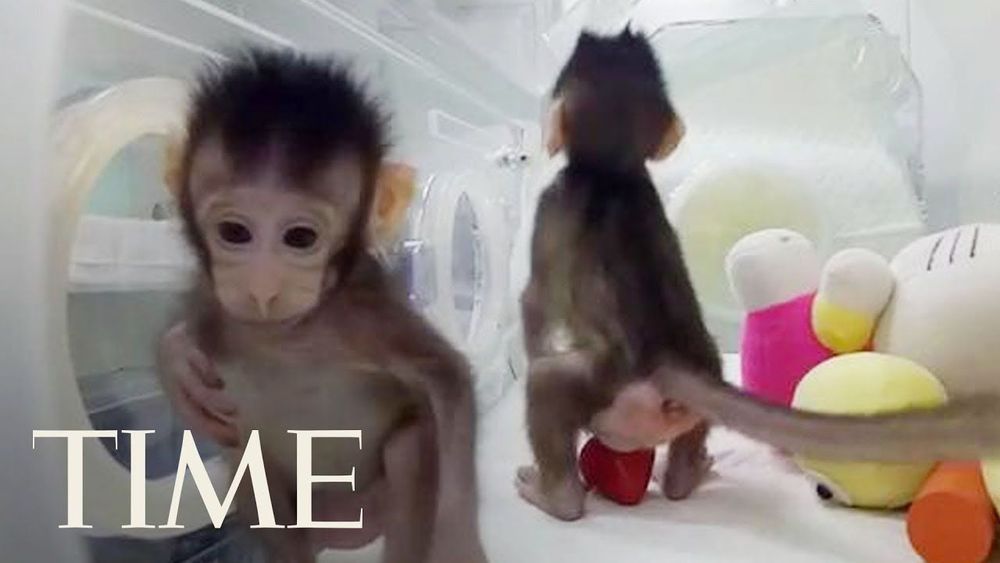
Human clones have long been a topic of science fiction, but how far off are they in reality? Let’s take a look at current advances and see when and where we might see the first human clone.
Apr 17, 2020
New clues to predict the risks astronauts will face from space radiation on long missions
Posted by Fyodor Rouge in categories: biotech/medical, genetics, health
The National Aeronautics and Space Administration, NASA, aims to send human missions to Mars in the 2030s. But scientists are still trying to learn more about the potential cancer risks for astronauts due to radiation exposure. Cancer risk from galactic cosmic radiation exposure is considered a potential “showstopper” for a manned mission to Mars.
A team led by researchers at Colorado State University used a novel approach to test assumptions in a model used by NASA to predict these health risks. The NASA model predicts that astronauts will have more than a three percent risk of dying of cancer from the radiation exposures they will receive on a Mars mission. That level of risk exceeds what is considered acceptable.
The study, “Genomic mapping in outbred mice reveals overlap in genetic susceptibility for HZE ion- and gamma-ray-induced tumors,” was published April 15 in Science Advances.
Apr 17, 2020
Moscow’s Facial Recognition Tech Will Outlast the Coronavirus
Posted by Fyodor Rouge in categories: biotech/medical, robotics/AI, surveillance

👽 Facial recognition and Covid 19 in Moscow, Russia.
Fyodor R.
Continue reading “Moscow’s Facial Recognition Tech Will Outlast the Coronavirus” »
Apr 17, 2020
What do we know about COVID-19 and sewage?
Posted by Fyodor Rouge in categories: biotech/medical, health, surveillance
A version of this story was first published by COVID-19 Waterblog. Read the original.
There has been quite some talk about SARS-CoV-2 shedding in faeces and what that might mean for the water industry. Here, Susan Petterson provides a snapshot of the current data.
As I see it, there are two aspects to this conversation: the first is a concern that sewage may contain infectious SARS-CoV-2 viruses; and the second relates to the more theoretical potential of using SARS-CoV-2 RNA concentration in sewage as a public health surveillance tool.
La web es una gran base de información, pero en ella no solo participan profesionales científicos o médicos. Hay incluso quien se dedica a introducir “bulos”.
Apr 17, 2020
‘Spacefarers’ predicts how space colonization will happen
Posted by Genevieve Klien in categories: futurism, space
In Spacefarers, Christopher Wanjek explores some pretty out-there ideas about space colonization (a future astronaut on Mars is illustrated above) with a down-to-Earth perspective.
Peepo/E+/Getty Images
